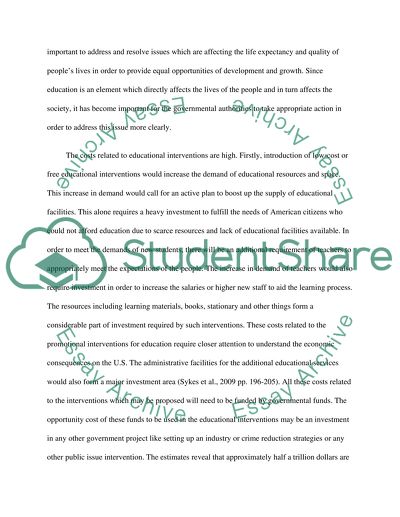Cite this document
(“Access of Quality Education: The End Poverty Cycle Research Paper”, n.d.)
Access of Quality Education: The End Poverty Cycle Research Paper. Retrieved from https://studentshare.org/education/1410194-persuasive-essay-access-to-quality-education-is
Access of Quality Education: The End Poverty Cycle Research Paper. Retrieved from https://studentshare.org/education/1410194-persuasive-essay-access-to-quality-education-is
(Access of Quality Education: The End Poverty Cycle Research Paper)
Access of Quality Education: The End Poverty Cycle Research Paper. https://studentshare.org/education/1410194-persuasive-essay-access-to-quality-education-is.
Access of Quality Education: The End Poverty Cycle Research Paper. https://studentshare.org/education/1410194-persuasive-essay-access-to-quality-education-is.
“Access of Quality Education: The End Poverty Cycle Research Paper”, n.d. https://studentshare.org/education/1410194-persuasive-essay-access-to-quality-education-is.


